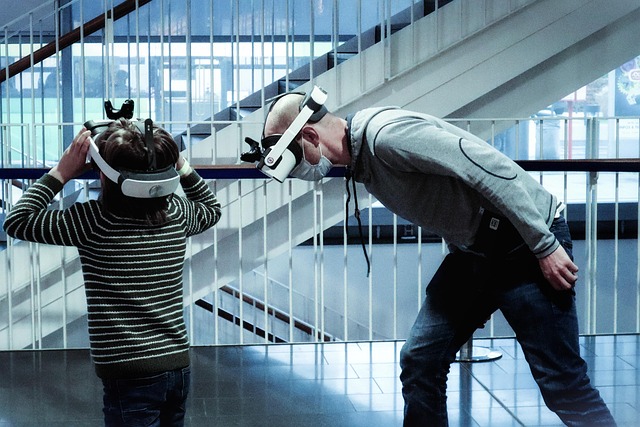
Innovating Software: The Future of Motion Interface in Virtual Reality, Augmented Reality, and the Metaverse
As we step into a new era of technology, the significance of motion interfaces cannot be overstated. These innovative tools are set to reshape the way we interact with digital environments, particularly in the realms of Virtual Reality (VR), Augmented Reality (AR), and the Metaverse. Imagine a world where your gestures and movements are seamlessly translated into actions within these immersive spaces, allowing for a more natural and intuitive user experience.
In Virtual Reality, the potential of motion interfaces is truly revolutionary. Traditional input methods, such as keyboards and mice, often fail to capture the full range of human expression and interaction. With motion tracking technology, users can explore virtual worlds using their bodies—walking, reaching, and manipulating objects in real time. This immersive interaction not only makes the experience more engaging but also opens up exciting possibilities for gaming, education, and training simulations.
On the other hand, Augmented Reality bridges the gap between the physical and digital worlds, enhancing our real-time experiences. With motion interfaces integrated into AR applications, users can interact with virtual elements overlaid on their surroundings through gestures or body movements. Imagine shopping for furniture while simultaneously visualizing how it would fit into your living room, all controlled by the natural movements of your hands. This fluidity creates a truly enriched experience, making technologies not just tools but companions in our daily lives.
The Metaverse, often depicted as an expansive digital universe, is perhaps where the concept of motion interfaces will shine the brightest. As avatars roam this new landscape, the ability to express oneself through movement can foster deeper social connections and experiences. Rather than relying solely on text and images, users will be able to communicate non-verbally through gestures and interactions that mirror real-world behavior. This not only enhances the sense of presence but also enables more nuanced expressions of emotions, making interactions within the Metaverse feel genuine and human.
The integration of motion interfaces in these environments signifies a significant shift in how we interact with technology. Developers are now compelled to think beyond traditional software paradigms, considering how to design applications that feel natural and immersive. As we continue to innovate, the focus will undoubtedly shift toward creating seamless connections between users and the digital landscapes they inhabit, turning the dream of a fully interactive Metaverse into a palpable reality.
As we navigate this transformative journey, the possibilities of motion interfaces inspire excitement and curiosity. Each step towards a more expressive potential invites us to envision a world where technology not only enhances our lives but also understands the essence of human interaction. The software of the future will not merely react to our commands; it will anticipate our needs and enrich our virtual experiences in profound ways.



